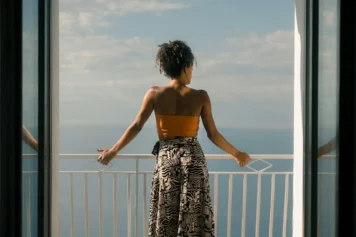For longtime travelers to the Yucatan, the 2012 mythology that has taken hold brings a delicious irony: Worldwide attention is finally turning from the Yucatan’s white-powder beaches and sequestered all-inclusives to the remnants of the “lost civilization” buried under the jungle that drew the first travelers to Mexico’s mysterious southern peninsula after New York writer John Lloyd Stephens and illustrator Frederick Catherwood recounted their explorations in the mid-19th century.
It’s a good bet that most tourists will still confine themselves to Cancún and the Riviera Maya, with a foray to Chichen Itza. On the Riviera Maya, scrubbed and manicured Tulum, Mexico’s third most-visited ruin, is worth seeing more for its stunning seaside setting than its architecture or historical significance; it was a coastal lookout on a busy trade route. Coba, well worth the journey 40 miles west from Tulum, is older than Chichen Itza and the least reconstructed of Maya cities, with 95 percent of the site still swaddled in jungle growth. Its quiet, shady depths and a largely intact network of the raised limestone causeways called sacbeob (singular: sacbé) that linked Maya cities all over the peninsula make it the Riviera Maya’s most effective time machine to the ancient Maya world. Coba’s own El Castillo tops Chichen Itza’s famous pyramid by 60 feet and is still open to climbers.
While the northern Caribbean coast, like the rest of the Yucatan, is mounting a host of special events paying tribute to the Maya that are worth seeing (we’ll cover some of those in a future column), it isn’t the ideal place to gain insight into one of the world’s most accomplished and intriguing ancient cultures through the cities they left behind.
Chichen Itza
This fabled city’s coronation as a “New World Wonder” actually has diluted much of that wonder. Encountering Plastic El Castillo key chains, night lights and other tchotchkes in every souvenir shop and standing in line to get an unobstructed photo seriously compromises the awe factor, and long gone are the days when you could scale Mexico’s most famous pyramid. (You can, however, climb down instead, into the pyramid beneath the pyramid for a first-hand glimpse of the common practice of building new structures over the old—and a sacrificial altar inlaid with jade.)
This is one of the world’s grandest ancient cities, to be sure. Walking among the stone temples, monuments and ball courts while visualizing them coated in brightly painted stucco, surrounded by common people’s homes…
Read more: SF Gate


